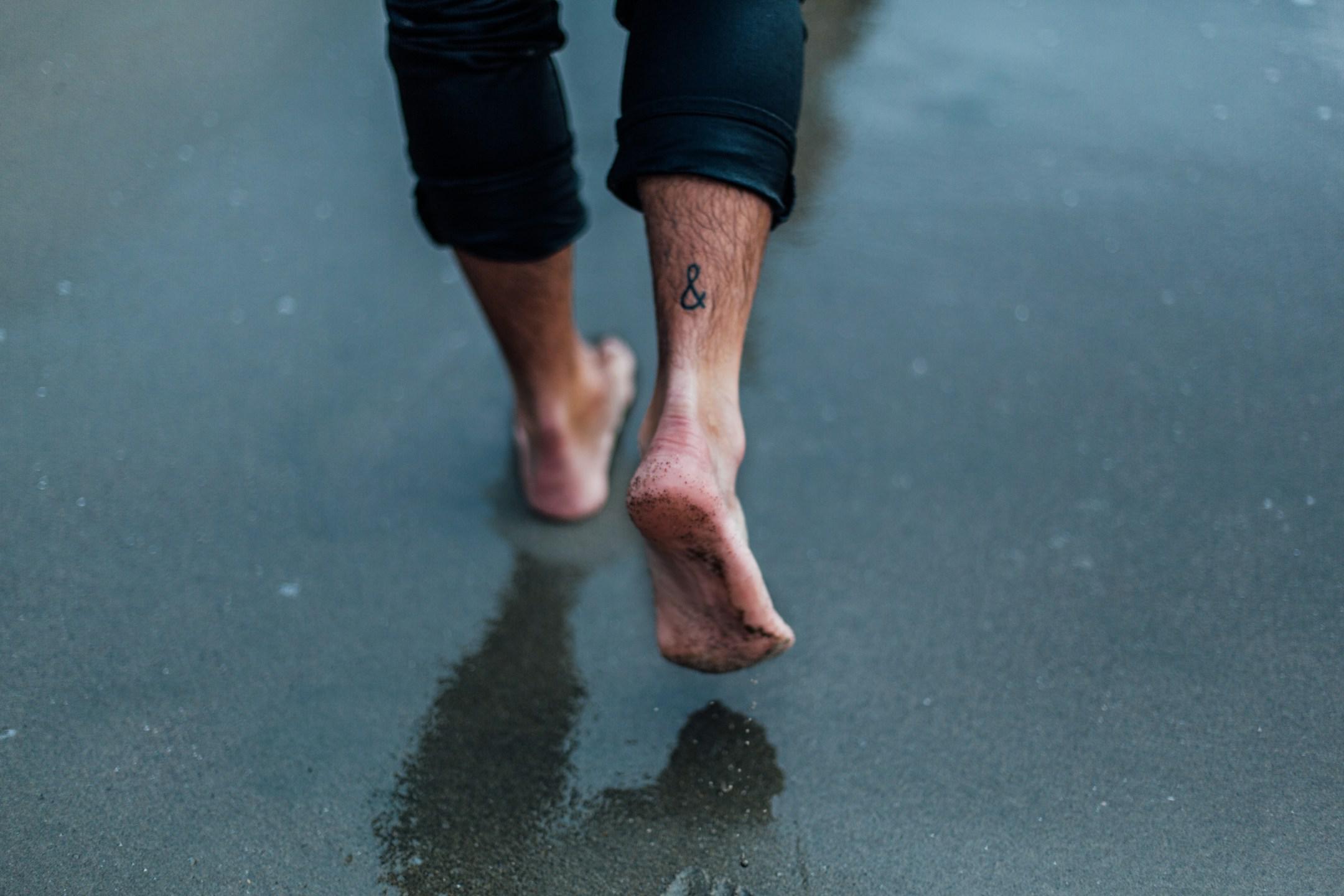
Imagine feeling a sudden, sharp pain in the back of your ankle while playing your favorite sport, followed by an audible pop. This scenario might sound like a nightmare, but it's a reality for many who suffer from an Achilles tendon rupture. Whether you're an athlete or a weekend warrior, understanding what happens next is crucial for recovery and prevention.
An Achilles tendon rupture is a severe injury that can instantly put an end to your physical activities. It occurs when the tendon connecting your calf muscles to your heel bone tears, either partially or completely. This article post will walk you through everything you need to know about an Achilles tendon rupture, from symptoms and treatment options to recovery and prevention. Let's get started!
The Achilles tendon is the body's largest and strongest tendon, connecting the calf muscles to the heel bone. It enables activities like walking, running, and jumping by allowing the foot to move up and down.
Common symptoms include a sudden, sharp pain in the back of the ankle, swelling, and difficulty walking. You might also hear a pop when the injury occurs. Diagnosis typically involves a physical examination and imaging tests like ultrasound or MRI.
Non-surgical treatments usually involve immobilizing the injured foot and ankle with a brace or cast. This method allows the tendon to heal naturally over time. While effective, it may not be the best option for active individuals.
Surgery is often recommended for those who are active or middle-aged, as these individuals typically have a higher demand on their Achilles tendon for athletic or daily activities. The surgical procedure aims to repair the tendon by stitching the torn ends back together, thus restoring its integrity and functionality. There are two main techniques for this surgery: open surgery and minimally invasive surgery.
In open surgery, a larger incision is made at the back of the ankle to provide a clear view of the torn tendon, allowing the surgeon to precisely reconnect the tendon. This method may offer the advantage of direct access but can result in a more extended recovery time and greater scar tissue formation. Conversely, minimally invasive surgery involves smaller incisions and uses specialized instruments to perform the repair. While this technique often results in less postoperative pain and quicker recovery, it requires a high level of skill and experience from the surgeon.
Post-surgery, you'll need to wear a cast or a walking boot for several weeks to immobilize the tendon, allowing it to heal properly. It's essential to closely follow your surgeon's instructions regarding weight-bearing and physical activity during this time. After the casting phase, rehabilitation begins, focusing on physical therapy to gradually restore mobility and strength. This process is crucial, as it will help in regaining full function of the ankle and prevent future injuries.
Consulting a specialist, such as an ankle surgeon, is crucial for an accurate diagnosis and effective treatment plan. They can guide you through both surgical and non-surgical options, ensuring the best possible outcome for your injury.
Recovery involves a combination of rest, physical therapy, and gradual return to activity. Physical therapy is essential for regaining strength and mobility in the Achilles tendon.
Recovery typically takes four to six months. However, this timeline can vary based on the severity of the rupture and the type of treatment received.
It's essential to set realistic expectations for your recovery. While you may return to normal activities, full strength and function may take time to achieve.
Regular stretching of the calf muscles and Achilles tendons can significantly reduce the risk of future injuries. Warm-up exercises before any physical activity are also crucial.
Consistent, moderate exercise helps maintain the strength and flexibility of your Achilles tendon. Avoid sudden increases in workout intensity to prevent strain.
Wearing shoes that provide adequate support and cushioning can make a big difference. Replace worn-out shoes regularly to ensure optimal foot health.
An Achilles tendon rupture is a serious injury that requires prompt medical attention. Understanding the treatment options, recovery process, and prevention methods can significantly improve your chances of a full recovery. If you’ve experienced an Achilles tendon rupture, consult foot and ankle surgeon Selene G. Parekh for professional advice and treatment.
Remember, taking care of your Achilles tendon today can prevent injuries tomorrow. Stay active, stay healthy, and most importantly, stay informed. #footandankle #healthyfeet #footdoctor